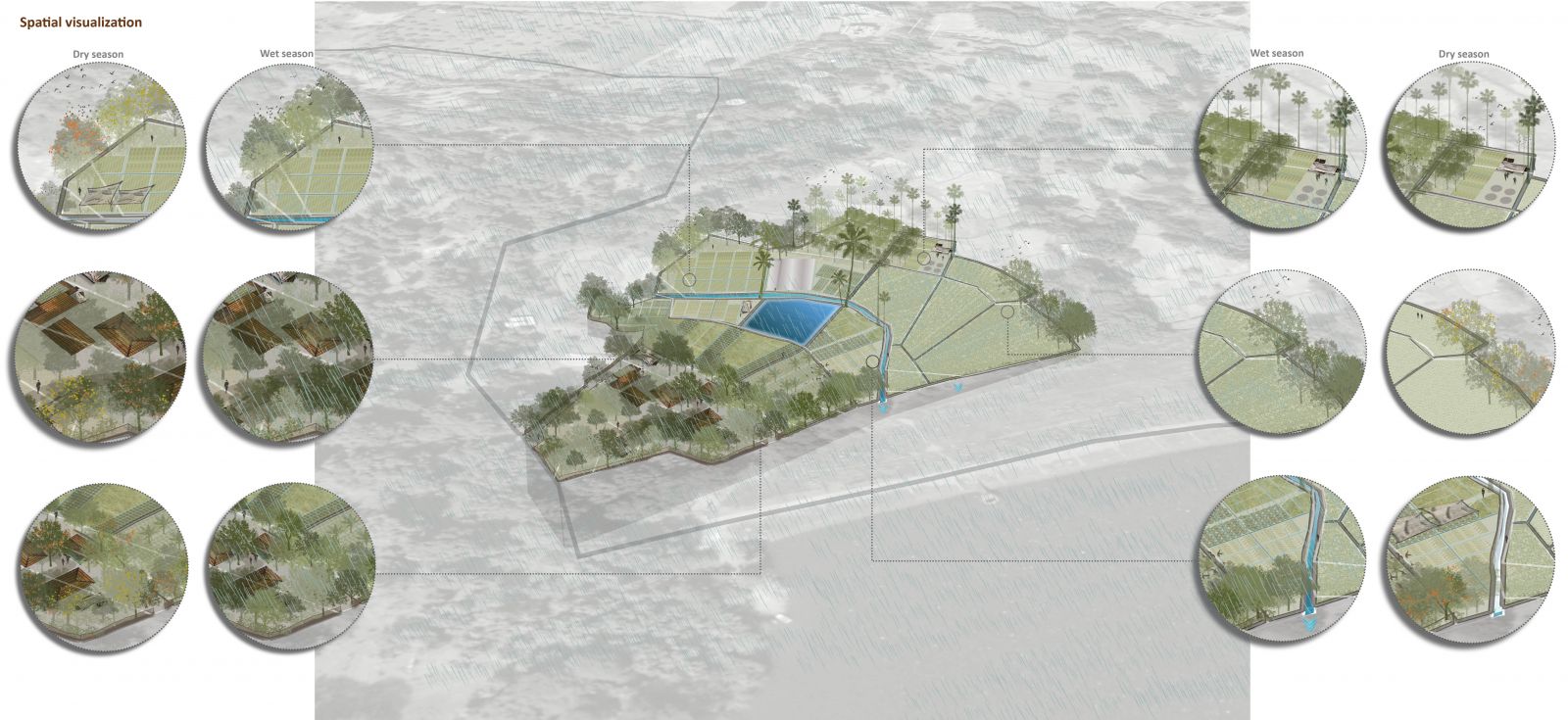Your browser is out-of-date!
For a richer surfing experience on our website, please update your browser. Update my browser now!
For a richer surfing experience on our website, please update your browser. Update my browser now!
A sliver of land, about 13 Kms wide tucked between the Western Ghats to the east and the Arabian Sea to the west holds four distinct landscape-transects owing to the variation in soil and terrain ranging from coastal mudflats to alluvial foothills. Aswali is one such village by the base of a large reservoir which traps waters of the Vahindra river before it flows through their land. Previous forest dweller then agrarians, despite their rich history of resistance to conquests on their land and the forests, the warlis today are reduced to daily wage labourers in the surrounding nurseries, orchards, brick kilns or fishing boats. The women, children and old stay at home, still depend on the forest and cultivate enough for sustenance. Most of the men migrate for several months to nearby towns for work, which results to changing patterns, extensive degradation of forest and agro-economic shift especially due to a prevalent cultural system that divided the land into smaller parcels. The board objective of the project is to introduce a demonstrative model of farming at a household level that helps sustain agriculture as a profitable occupation and in turn reduce rural migration. The project considers a local word for land, ‘Waral’ as its metaphor, which denotes tiles of the land of varying scales and nature. It identifies the site and land as parts of spatial and accumulative palimpsest. Considering the idea of ‘waral’ and the identified palimpsest type, it selected the smallest unit of land as its area of intervention. This is a demonstrative unit and can extend out to other fields and has the potential to become a systems scale intervention at the regional level. The program looked at various means of alternative practices that could be introduced into the present cultivable land owned by the family. The site, a parcel of land owned by one Warli family is mapped and analysed in terms of landscape and cultural units (or warals). The program ranges from local rose cultivation to production and brewing of local alcohol, sugar and dried powders of medicinal use from Borassus flabellifer (toddy palm), Madhuca longifolia and other forest trees like Syzigium cumini etc. Boosting the green economy by making products from these species can be very useful for this tribe. It also links the production potential of the fertile lands to the well-established and technologically equipped circle of nursery business that exists in this belt. The knowledge of the forest and its species could be turned to a great potential here. The small scale local nurseries of native plants that the Warlis can establish and take care of at their fields could supply the mainstream nurseries and the landscape industry at a larger level. This overall reversal in the productive potential and the present market possibilities for processed native produce and plants can bring in the much-needed surplus to help the Warli people stay back at home with their family and work on their land.
View Additional Work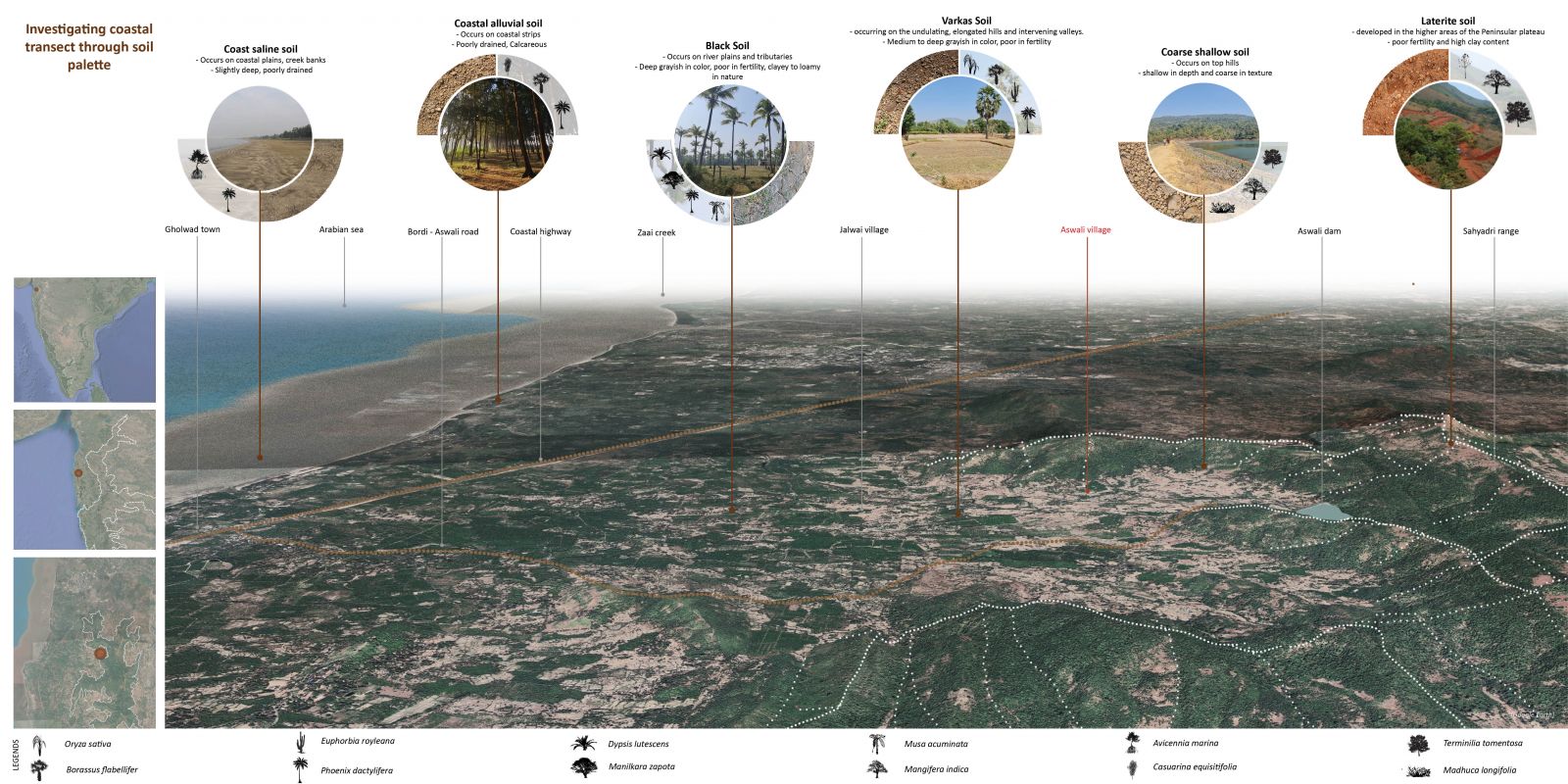

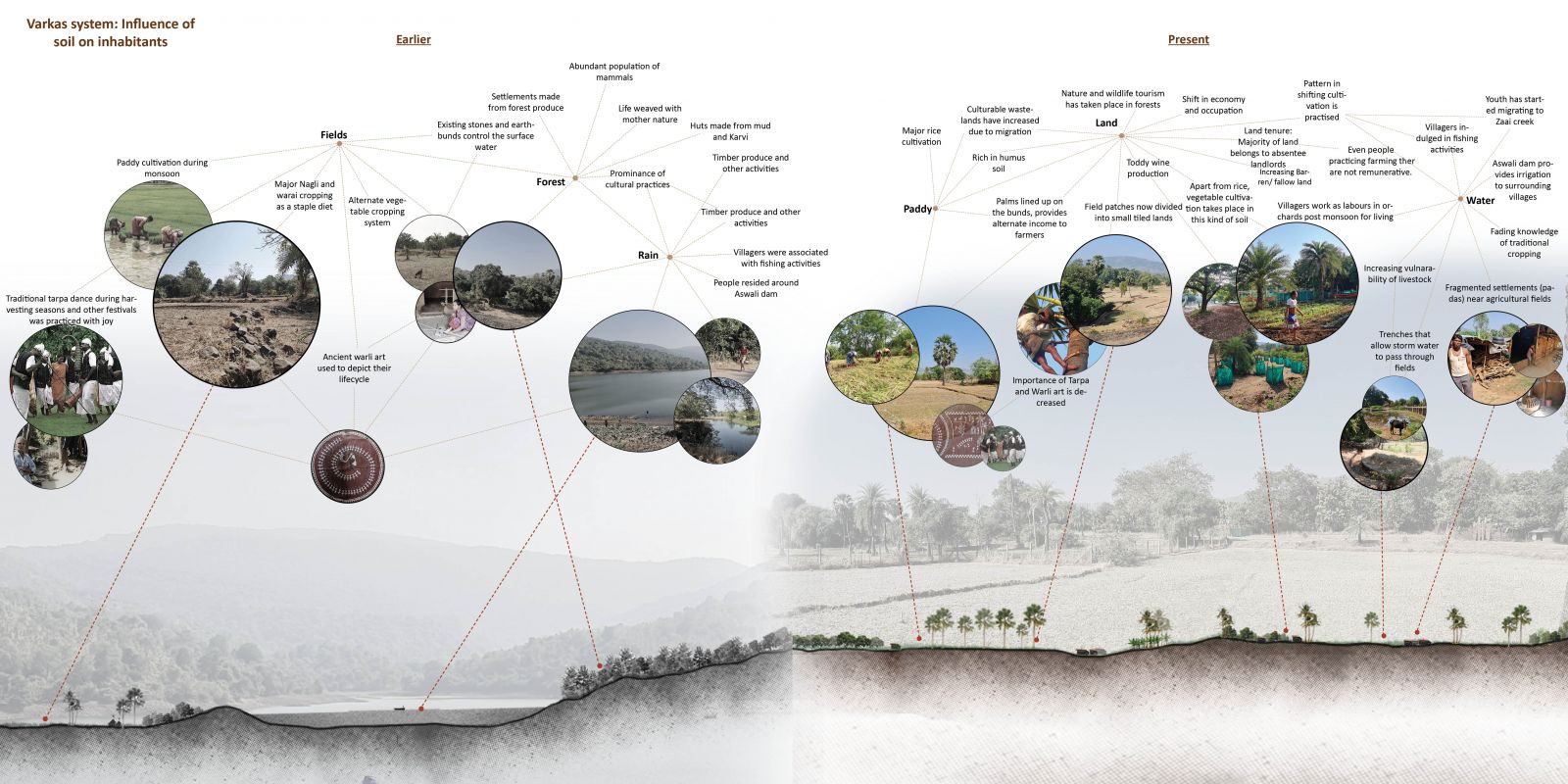

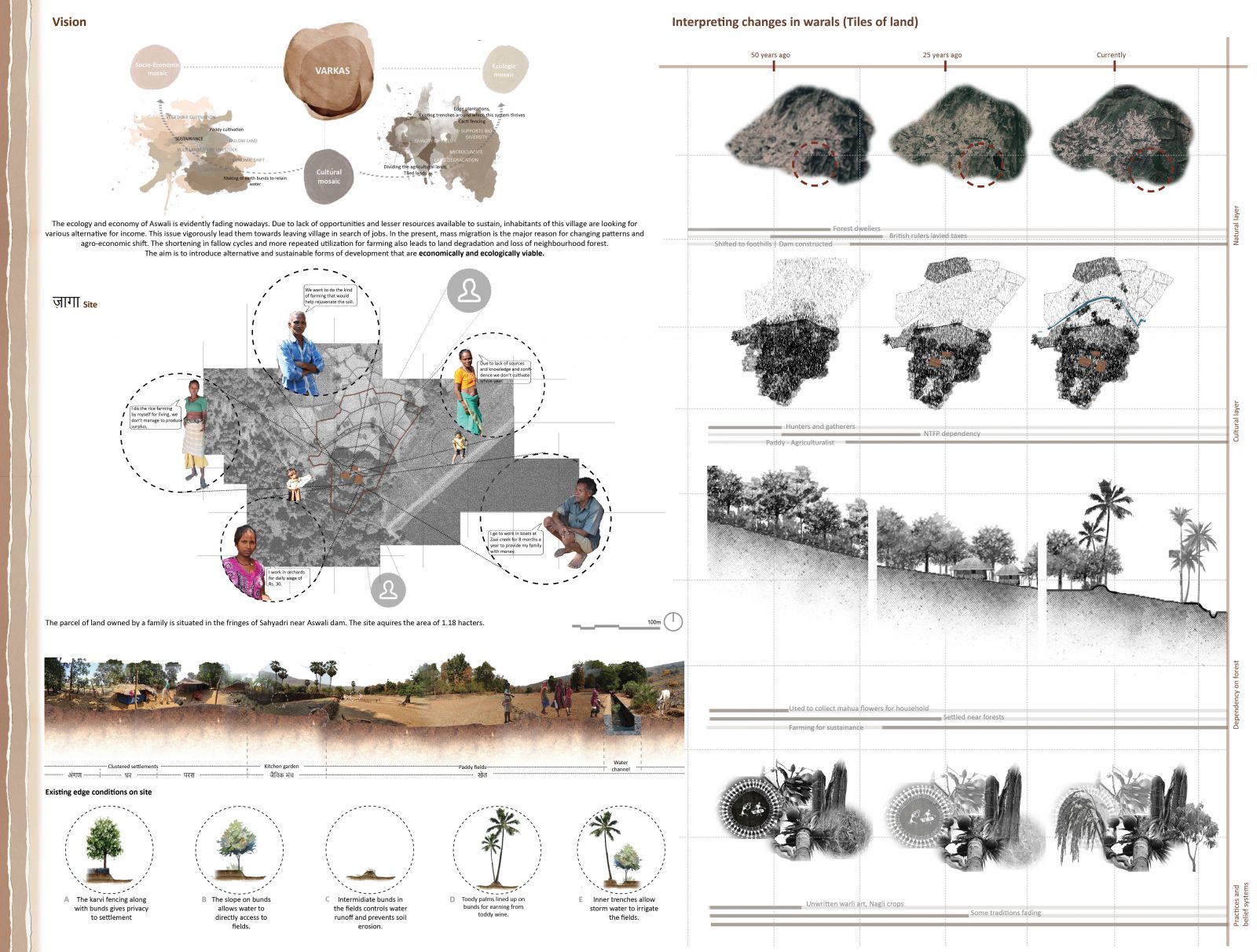
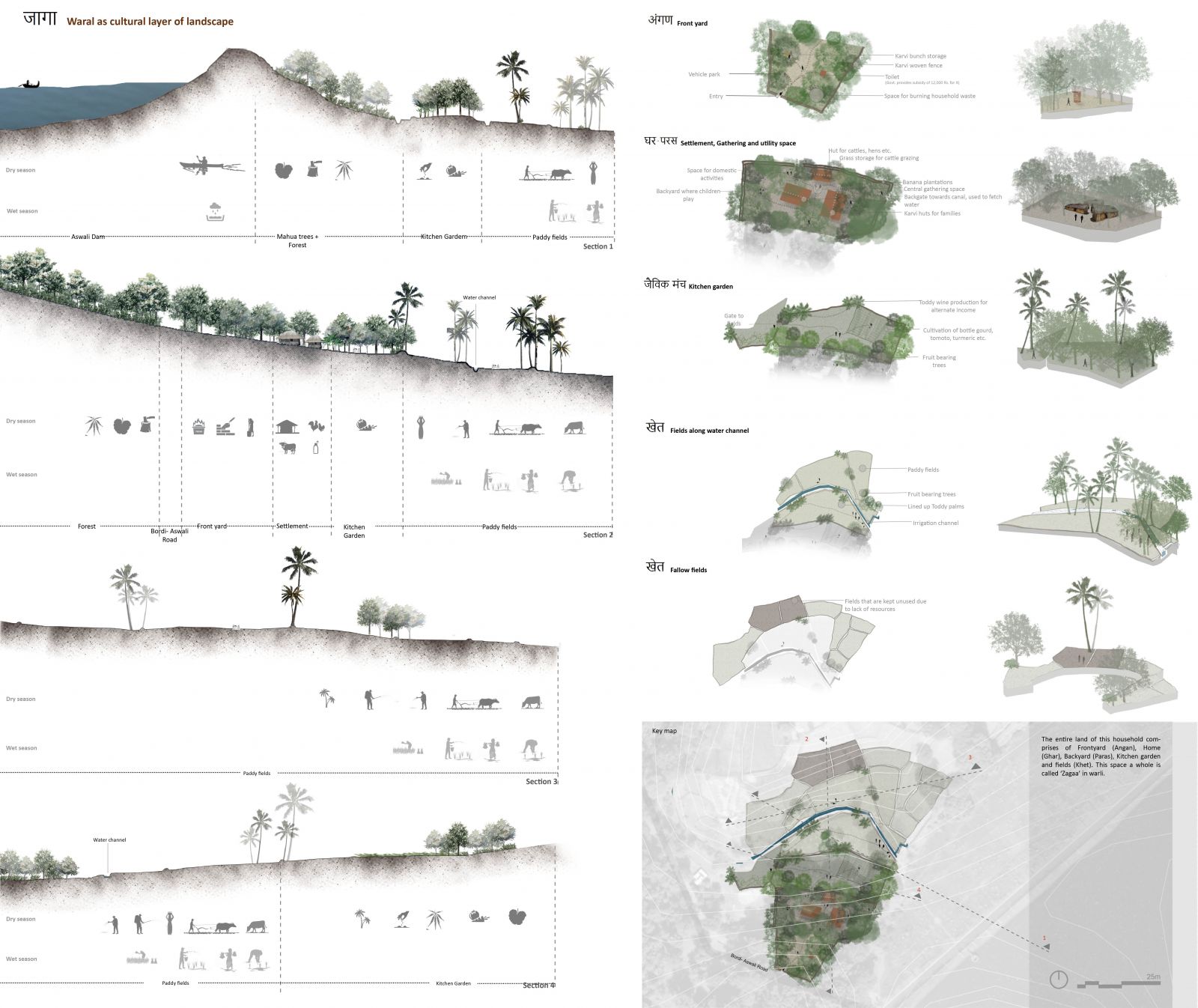
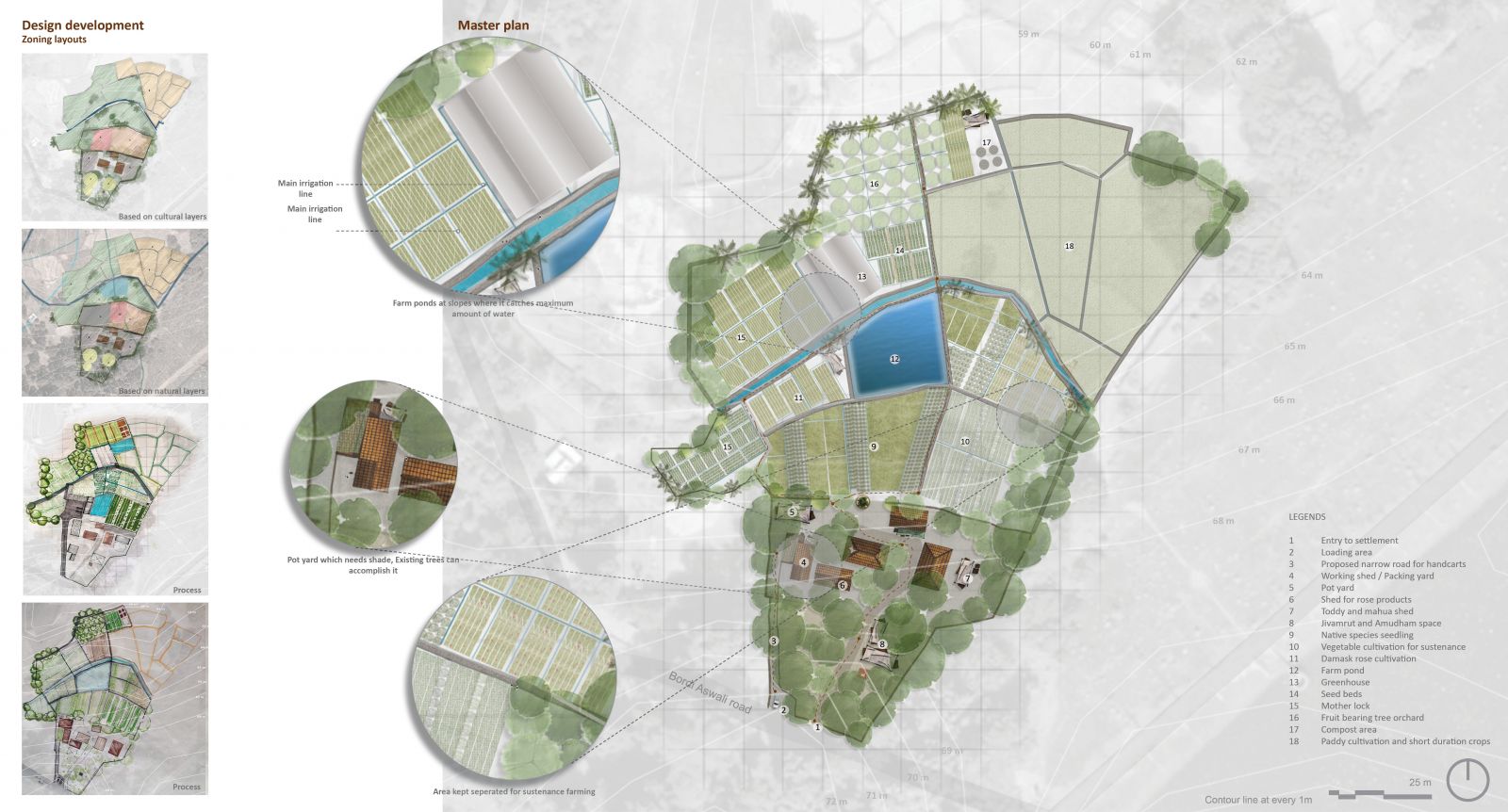
.jpg)
